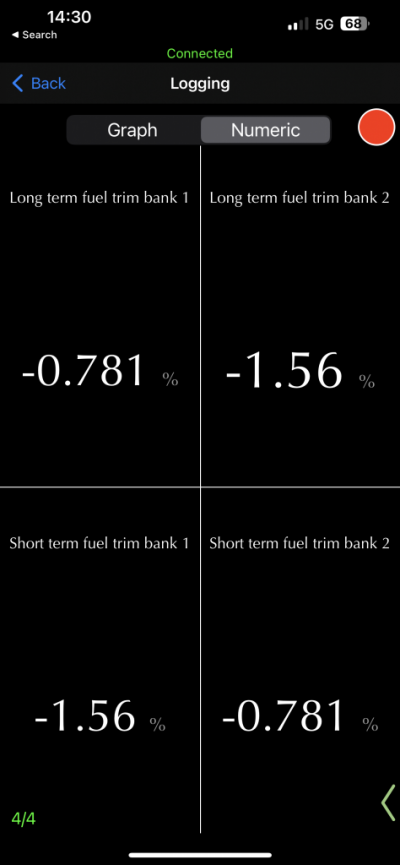Jimmy Brooks
Full Access Member
Yeah - I don’t think battery would cause this issue, but it is maybe something to keep an eye on.
Thinking about the high RPMs at start, I wonder if you could have a vacuum leak. What are your RPMs at idle after it warms up? I would expect a lean code to show up, but you could check your fuel trims after the car is warmed up (so it’s in closed-loop fuel control). Check short term and long term fuel trims and see how they look.
The other thing that comes to mind is the throttle body plate and the throttle position sensor. A little gum in that throttle body can cause the butterfly to stick just a bit and throw things off. You could try cleaning it good with some carb cleaner if you haven‘t already. The TPS (integrated into the throttle body) also can cause these issues if it starts to go bad, but I’m not sure how to test it.
It’s only on initial crank where it’ll spike to 2000 like in the video I posted of the regular crank. The high idle sits at I think 1300-1400 (right where the tachometer pin covers the “auto” part of the auto high beam lamp) idle stays pretty stable on that for about 20 seconds then will drop to 800 (when it’s cold) then will drop to 600 and stay there. No rough idle and the rpms don’t wonder. What do you think I should start with
Also what should I be seeing on fuel trims, what’s normal?


